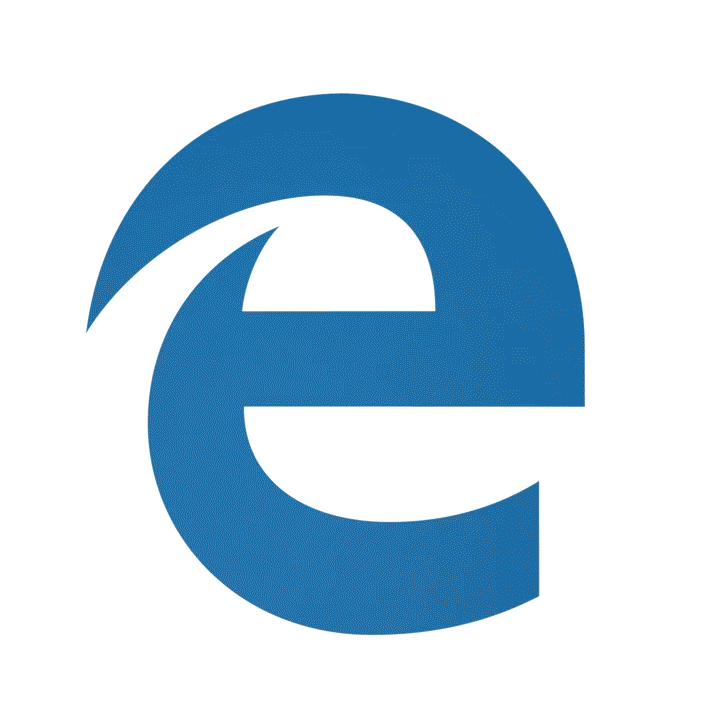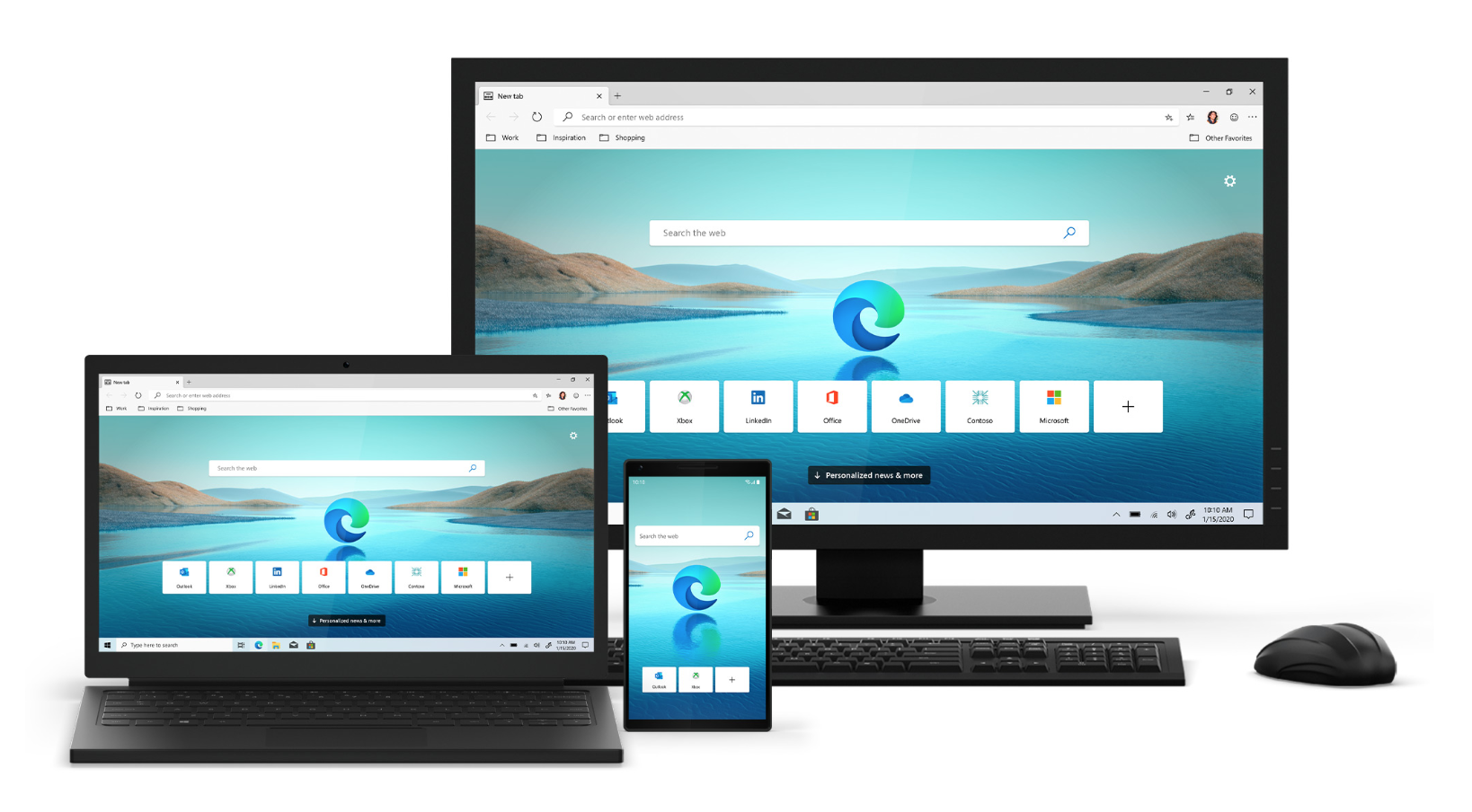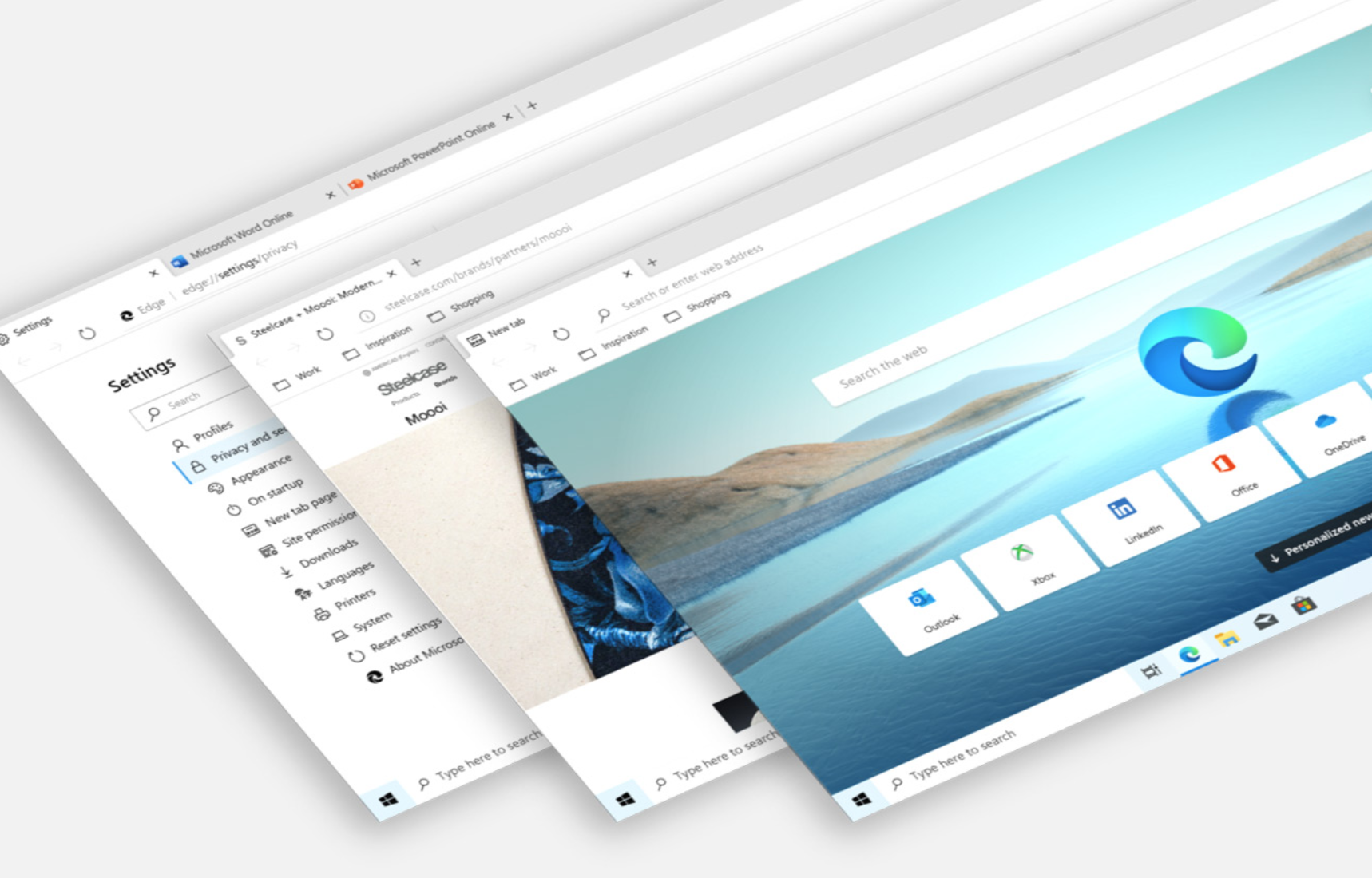
‘It’s time to expect more’ declares Microsoft upon the release of Microsoft Edge – a double-edged tagline if there ever was one.
Pity poor Edge. Since Internet Explorer was re-branded in 2015, take-up has not been enthusiastic. Like Internet Explorer, Edge suffered from the image of being the beige option among more exciting browsers, and never regained the kind of 95% market domination IE enjoyed in the early 2000s, before Microsoft was required by US anti-trust law to offer Windows users their choice of default browser.
Now it’s 2020, and in a world dominated by Google Chrome and mobile web browsing, Microsoft is trying again. Edge was re-launched this month, having been completely re-structured on Google’s open-source Chromium source-code.
Possibly the most frustrating thing for Microsoft is that there’s actually little wrong with Edge – at least as far as most users will recognise. But, beyond the snazzy new logo, is 2020’s new Edge worth your attention?
Some of Edge feels painfully similar – upon downloading, you’ll be immediately (and repeatedly) prompted to import favourites from your other browser (just in case your current browser is an organised place you inexplicably wanted to move away from to win a bet/to fulfil an ancient prophecy/because you work for Microsoft.)
However, Microsoft has clearly learnt some lessons – the choice of layouts (‘Focused’, ‘Inspirational’ or ‘Informational’) are worth investigating to dodge the msn.com-style assault on the senses, and make Edge feel more like a clean, distraction-free tool for daily use. The toolbar design also feels much closer to rivals like Chrome and Firefox: simple and easy to use.
Edge is quick too – performing well in tests and supposedly ‘optimised for Windows 10.’ Although hard to verify in true laboratory conditions, it’s easy to picture Edge delivering Office 365, Outlook.com and other Microsoft web-based services in an efficient manner, and it feels smooth. More importantly, by adopting Chromium, Microsoft have banished one of 2015 Edge’s demons: the lack of available app extensions that eventually finished Windows phone.
‘Immersive Reader’ Mode (similar to that in Office 365) can now be activated from the address bar and strips out on-page distractions, adverts and on-screen formatting for enabled web-pages. This is a simply brilliant and calming addition for reading through articles, and is sure to win plaudits from those concerned about accessibility.
Microsoft also appear to have given a little extra attention to business users – perhaps aware that although Google Chrome dominates Android’s mobile world, workplace computing remains a key area where people still use conventional Windows 10 devices in overwhelming numbers. Sharing preferences between devices is a repeated boast by rival browsers like Safari and Firefox, but Edge can now do this too.
Edge uses Bing search by default, but once signed into your Microsoft account can do some clever extras, such as amend your search results to define acronyms according to your organisation or industry. ‘Inking’ abilities that exist in Office 365 (eg: for taking notes in OneNote) are also extended to Edge for overwriting PDFs in-browser – allowing some simple tasks like signing a contract or filling in a form in legible handwriting.
If your system admin tinkers with Group Policy, it’s possible to turn on an ‘Internet Explorer Mode’ that renders legacy web-pages more accurately, without the pesky security holes that plagued Internet Explorer installations years beyond their supported date.
Sharing a code-base with Chromium allows Edge to borrow some of Chrome’s best media features – including screen-casting to Chromecast devices on display screens and similar. Edge is also allegedly the only browser on Windows 10 to support 4k Netflix – the kind of popular feature it’s hard to imagine Internet Explorer’s developers ever even considering.
In market share terms, Edge languishes with Firefox around 10%, hugely outgunned by the behemoth of Google Chrome at around 70% of all internet usage globally. Will that change? The next few months may reveal whether Edge can establish itself as something with more appeal.
Microsoft Edge (2020) stable-version is now available for PC, macOS, Android and iOS online here.
For IT Support and technical expertise, please contact Lineal’s IT Support Team today.



